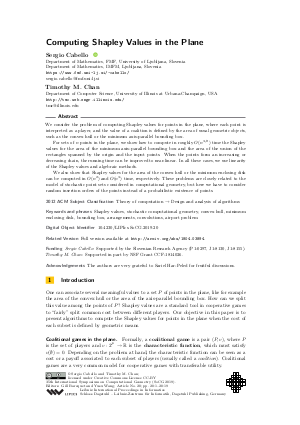LIPIcs.SoCG.2019.20.pdf
- Filesize: 1.08 MB
- 19 pages

 Creative Commons Attribution 3.0 Unported license
Creative Commons Attribution 3.0 Unported license






Feedback for Dagstuhl Publishing